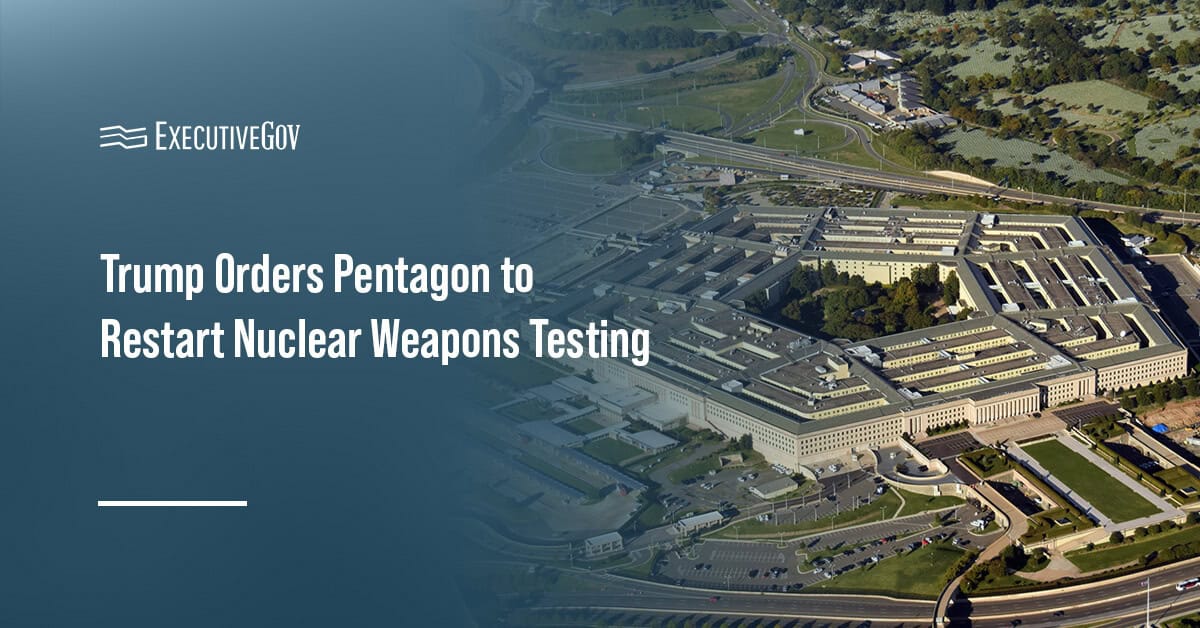NASA’s Marshall Space Flight Center has unveiled an 11-inch hybrid rocket motor testbed that works to enable more rapid, low-cost hot-fire tests of propellants, composite materials and rocket engine components.
Table of Contents
Benefits of the New Testbed
The result of a project that began in 2020, the hybrid testbed serves as a third option to the Marshall team’s existing 24-inch testbed, whose use may be too costly for some organizations, and conventional six-inch testbeds, which offer limited configurations, according to a news article posted Friday on the NASA website.
Chloe Bower, the subscale solid rocket motor manufacturing lead at Marshall, said the hybrid testbed addresses the requirement of partners for cost-efficiency and configurability and offers the ability to simultaneously accomplish multiple test objectives.
Technical Features
The hybrid testbed’s features include variable flow capability, a 20-second continuous burn duration and, most notably, an on-off switch.
“With a solid propulsion system, once it’s ignited, it will burn until the fuel is spent. But because there’s no oxidizer in hybrid fuel, we can simply turn it off at any point if we see anomalies or need to fine-tune a test element, yielding more accurate test results that precisely meet customer needs,” explained Precious Mitchell, the project’s solid propulsion design lead.
Testing of the hybrid testbed was conducted in June. Final data is expected to be turned over to NASA leadership later in the summer.





